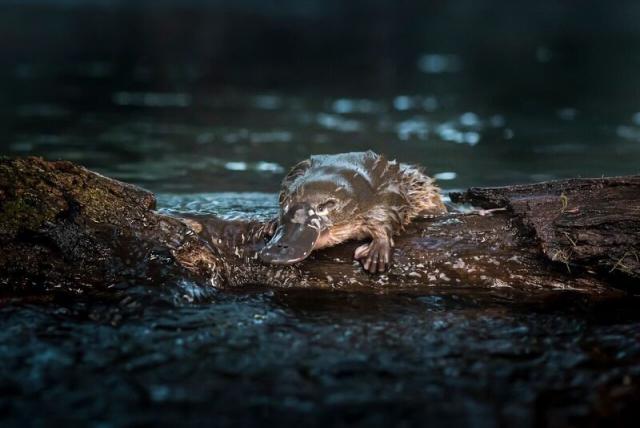This spring, Melbourne Water is to taking proactive measures to help the platypus in Victorian waterways.
Environmental DNA (e-DNA) technology is being used alongside routine trapping methods to initiate a comprehensive surveillance program.
Using this ground-breaking approach, Melbourne Water along with other research partners will significantly enhance historical trapping data collected since 1995 and monitor long-term changes in platypus distribution across Greater Melbourne.
In Cardinia, Cannibal Creek has a small but significant population of platypus that was recovered in 2004 after 20 years of local extinction after the Ash Wednesday Bushfires.
Labertouche Creek and Cockatoo Creek have had sightings of playtpus, surveying in detail the populations which exist can be vital for further conservation efforts.
This latest innovation supports monitoring and evaluation objectives in the Healthy Waterways Strategy and is an outcome of several years of research by Melbourne Water’s Waterways and Wetlands Research Program – an integrated research program that aims to understand opportunities to protect and improve waterway health across Greater Melbourne in the face of future challenges such as urban growth and climate change.
Water samples are collected to capture eDNA to target a single species or communities consisting of multiple species which helps inform state-wide conservation efforts with considerable accuracy as well as track Melbourne Water’s progress towards managing its Healthy Waterways Strategy.
According to Dr Rhys Coleman, Manager of Waterways & Wetlands Research, platypus shed DNA such as faeces, urine and mucus naturally, which breaks down into the water environment, and can persist for days.
“The combination of DNA samples and traditional methods can be used to understand changes in the distribution of platypus across Greater Melbourne, major threats to their persistence and opportunities to protect them into the future,” said Dr. Coleman.
The Healthy Waterway Strategy also recognises the importance of vegetation, adequate stream flows and the management of urban stormwater across Greater Melbourne, particularly for the preservation of platypus populations.
The presence of vegetation along waterways provides multiple benefits for platypus and the overall ecosystem.
It offers shade, which helps regulate water temperature, and provides habitat for various aquatic organisms that form part of the platypus’ diet.
Vegetation also stabilises the banks, preventing erosion and maintaining water quality by filtering pollutants and sediment.
“To achieve the objectives of the Healthy Waterway Strategy 2018, Melbourne Water collaborates closely with its partners, including government agencies, local government, and the community,” said Dr. Coleman. “This collaborative approach is essential to achieving what needs to be done to protect our precious waterways.”
Melbourne Water has delivered in partnership with the community, customers and stakeholders, a total of 850 kilometres of established vegetation projects and 8,937 kilometres of managed vegetation projects region wide as part of the Healthy Water Strategy 2018 to protect our priority waterways in Greater Melbourne.
“This achievement reflects the commitment of Melbourne Water and its partners to the conservation and enhancement of these important waterways,” said Dr. Coleman.
Melbourne Water and its partners employ various strategies to increase the vegetation cover, manage stormwater, improve habitat connectivity, and provide environmental water for a more diverse and resilient ecosystem.
Monitoring and research are essential components of the Healthy Waterway Strategy.
Regular assessments of works along waterways helps track the success of conservation efforts and inform future management decisions.
By collecting data on the condition of waterways and the wildlife they support, Melbourne Water and its partners can adapt their strategies and ensure the long-term sustainability of these valuable ecosystems.
For detailed locations on platypus populations in priority catchment areas, visit the Melbourne Water Healthy Waterways website.







